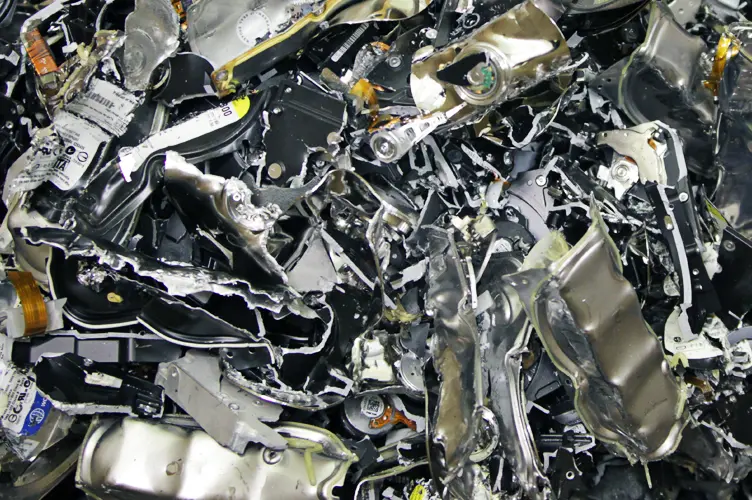What Are Toxic Assets and How Can They Be Addressed with ITAD?

Following the housing crisis in 2008, a new phrase crept into the public lexicon: Toxic Assets. Before then, investors knew them by the less visceral name of Troubled Assets. Once the value of an object becomes so low that there is no market where owners can sell it, it becomes toxic.
This situation might seem like an issue solved by the Troubled Asset Relief Program (TARP) over a decade ago. That program managed to keep banks and other industries afloat with a massive loan that was eventually paid back, even netting taxpayers about $11 billion. However, toxic assets still exist in another form: Toxic IT Assets.
Why are Toxic IT Assets a Problem?
Let’s start with what they are. The pace of technological change guarantees that companies regularly update and replace computers, servers, and other electronic devices. When companies fail to dispose of these assets responsibly, or the assets are misplaced or stolen, they become toxic IT assets.
Sensitive data on hard disk drives and solid-state drives can be recovered by thieves who misuse the data for nefarious purposes. This abuse can lead to identity theft, security breaches, and even massive lawsuits.
To avoid this scenario and keep old equipment from becoming toxic, companies in South Dakota and North Dakota need to establish and use proper IT asset disposition protocols.
What Is IT Asset Disposition (ITAD)?
ITAD, or IT Asset Disposition, is the proper practice for disposing of old hardware that could threaten you or your clients. As more companies move to cloud-based systems, there’s a glut of drives containing data sitting around waiting to become problematic.
What Does Responsible ITAD Look Like?
To eliminate these pesky assets, you’ll need to:
- Create a clear chain of custody to track and document all old equipment targeted for disposal. Don’t just track serial numbers; nefarious users can remove parts from computers. The offending laptop may still be sitting on a storage shelf, but someone could have removed the hard drive.
- Use disposal tags on all hardware set for destruction. Tracking equipment is easier this way, and the labels deter theft.
- Hire a reputable shredding company that will destroy and recycle your unwanted equipment responsibly.
By following these three simple steps, you can prevent your old tech from being used against you and your business interests.
What Items Should Be Destroyed?
Any devices that can contain sensitive information, even endpoint devices like laptops and cell phones. A responsible ITAD company will look for anything hackers can salvage, with data security as the top priority.
What Should I Look For in an ITAD Company?
When hiring an ITAD company, look for one that adheres to National Institute of Standards and Technology (NIST) regulations for disposal and industry certifictions such as e-stewards and R2, or NAID AAA for secure data destruction. You should be able to witness the entire process to ensure that your data is safely eliminated.
They’ll consult with you about all of your devices and go over what can be kept, what needs to go, and how the process works.
Hiring SEAM for Your Shredding
Doing ITAD right means having a knowledgeable, experienced Partner. Secure Enterprise Asset Management (SEAM) is the only certified vendor in the region, to both e-stewards and R2 certified and adheres to NIST standards and NAID AAA certification.
We know how to dispose of your toxic assets to keep you and your customers safe! If you’re in Sioux Falls or the surrounding area and need to shred old equipment, contact SEAM today.
SEAM provides IT recycling and data destruction services including onsite shredding and hard drive wiping to South Dakota, North Dakota, Minnesota, Iowa, and Nebraska.
Schedule a pickup or contact us for more information.





